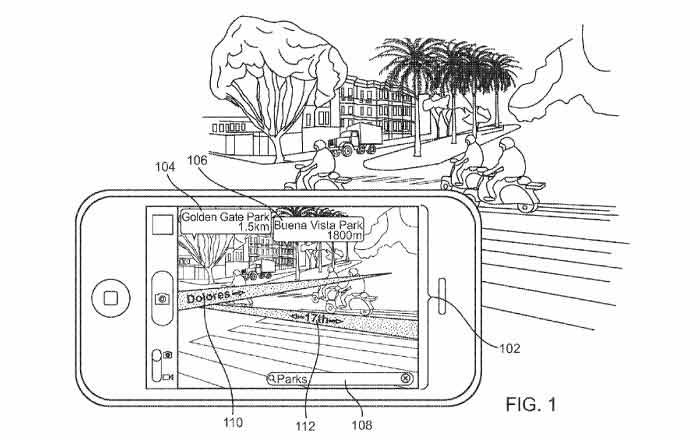It is an established opinion that Augmented Reality (AR) will one day thrive – but the technology still lags behind. Apple CEO Tim Cook has declared his preference for AR and many major tech players are investing heavily.
Augmented Reality (AR) overlays the real world with the digital world, rather than replacing it in the way VR does. Recent developments may speed up progress in the industry and enhance AR’s status as a tech trend.
Magic Leap
One industry leader that has received investment from the likes of Google is start-up company Magic Leap. This week, they launched their debut product the Magic Leap One Creator Edition. It currently ships for $2,295.
The Magic Leap One features a headset (Lightwear), a small computer (Lightpack), and a handheld controller. Cameras on the headset map the environment and also track your eye movement. Adi Robertson, a tech reporter at The Verge, tried the headset and called it “surprisingly comfortable”.
Microsoft and Apple
Microsoft is developing its own AR headsets. Called the HoloLens, Microsoft recently allowed customers to trial the headset at its retail stores.
But both the Magic Leap One and the HoloLens still have a long way to go. Both only allow for small fields of vision and are both way out of most consumer’s price range.
Apple is also developing Augmented Reality solutions. Apple’s recent purchases and job openings has pundits suggesting that an AR development is in the pipeworks. A patent submitted by the company suggested AR could be integrated into Apple Maps
Technology companies are utilising Augmented Reality to a smaller extent. Pokemon Go and Snapchat filters are both widely used examples of AR that many consumers are used to. Alcorn McBride has developed an AR solution that projects captions for guests with special needs. While these technologies aren’t quite the high tech future for AR that many imagined, they are a step in the right direction.
Obstacles to development
However, many obstacles still face development. PC Mag points out that many devices are still bulky and have limited fields of view. Interactivity is still an issue too, with more development needed in devices that can interact with the virtual world.
While there is still a way to go, these developments are a step in the right direction – and with the backing of industry figures such as Bob Iger, there is no doubt that AR is the future.












